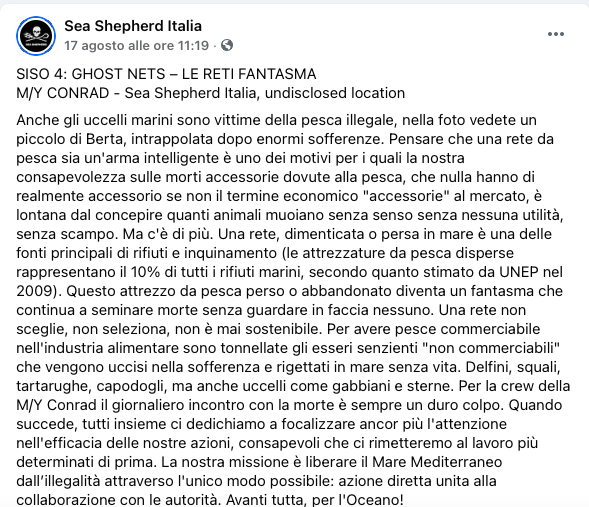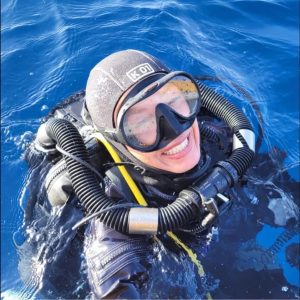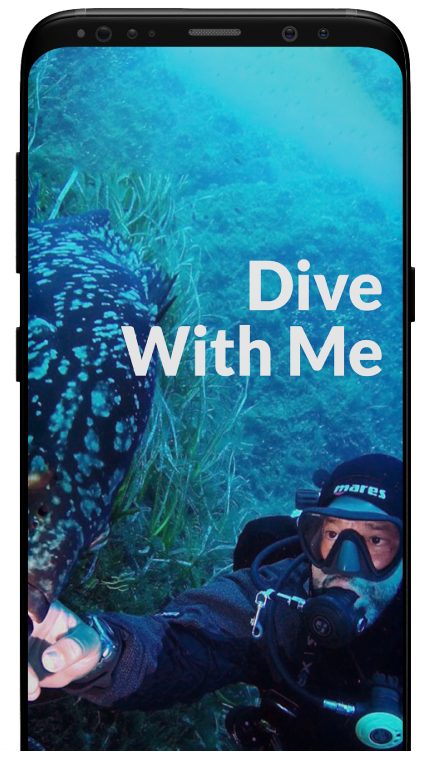Sustainability, sustainable development, biodiversity and the essential need to recycle.
What is the meaning of “sustainability”?
Sustainability indicates everything that does not have an impact on the environment, as well as the amount of resources for future generations.
A so-called “sustainable system” gives life to the sustainable economy or the Green Economy and the Circular Economy. They focus on the production of sustainable consumer goods, but above all on the maintenance and reuse of existing ones.
The relationship between green economy and sustainable development is essential.
But what do we mean by “sustainable development”?
Sustainable development, in turn, indicates a form of economic development compatible with the protection of the environment and free goods for future generations.
Sustainable development responds to the needs of current generations without compromising the ability of future generations to meet their own needs. This development envisages a global approach that takes into account economic, social and environmental aspects so that the various components mutually reinforce each other.
The Global Sustainable Development (SDG) framework
In 2015, the great world leaders adopted the United Nations 2030 Agenda which concerns the framework of Global Sustainable Development and identifies no less than 17 Sustainable Development Goals (SDGs). The commitment made focuses on eliminating poverty and achieving sustainable development by 2030 worldwide, ensuring that no one is left out.
The SDGs are concrete objectives that aim at a fair and equitable balance between the three dimensions of sustainable development: the economic element, the social element and the environmental element. They focus on human dignity, regional and global stability, a healthy planet, fair and resilient societies, and economic prosperity.
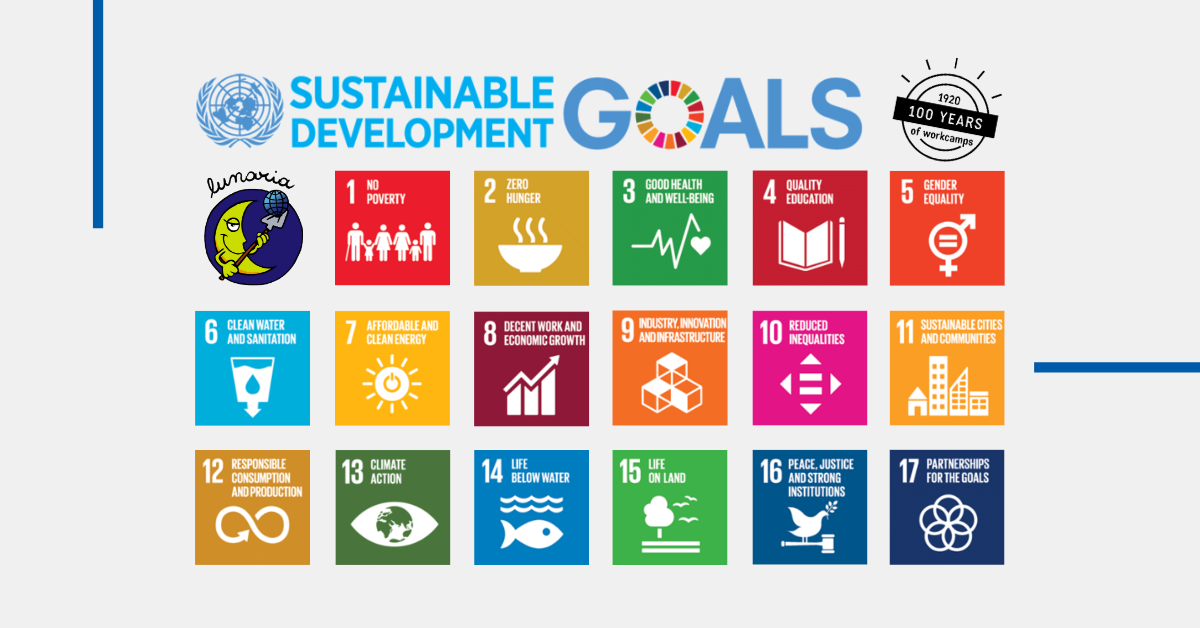
Waste recycling and environmental sustainability
As far as we are concerned, we intend to focus on some nuances of sustainable development such as waste recycling (or reuse) as well as environmental sustainability, both strongly linked to the concept of circular economy.
Indeed, reducing waste and the production of waste is one of the cornerstones of the eco-sustainable development model. The methods of procuring raw materials, their transformation and the production of waste material must be extensively studied before placing a product on the market.
By “environmental sustainability” we mean the sustainability of a human activity in relation to the consequences for the environment and the protection of biodiversity, a concept that will be developed a little later.
Finally, the term “circular economy” refers to a production process in which waste products are reused.
Biodiversity
As surprising as it may seem, the term biodiversity appeared in the 1980s. Its relevance was only recognized in 1992, through the Convention on Biological Diversity signed at the Earth Summit in Rio de Janeiro.
https://eur-lex.europa.eu/legal-content/IT/TXT/HTML/?uri=LEGISSUM:l28102&from=IT
The definition given at the time was “the set of living beings and ecosystems as well as the interactions between them and their environments.”
Today, safeguarding biodiversity has become the challenge of the century and of those to come.
90% of the planet’s biomass is found in the sea, so it becomes impossible to talk about development without including this biodiversity that surrounds us and gives us so much!
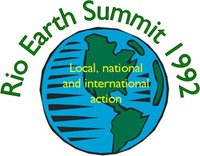
Marine biodiversity
One cannot fail to marvel at the marine biodiversity. The same, which has been evolving for millions of years, shows that living species have been able to adapt perfectly to the natural evolution of the planet. All of this is part of a system where everything is incredibly connected, directly or indirectly. Think of the Apogon Imberbis fish that keeps its eggs in its mouth after the female has deposited them. To the moray that is cleaned by a shrimp. Or Elysia, a sacoglossal mollusk of the Plakobranchidae family, which feeds on algae and is able to generate photosynthesis.

Our task
It is common ground that we must never forget that we too are an integral part of this biodiversity!
Today, nearly one million species are threatened with extinction. 322 species of large vertebrates have disappeared over 500 years and 53% of raie and sharks are in extinction in the Mediterranean Sea.
The earth creates conditions for biodiversity to emerge, evolve and maintain its balance through complex but self-organized ecological processes. The plant and animal world regulate each other, they do not harm each other!
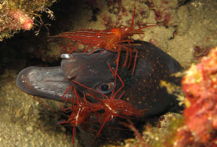
It is up to us to support these processes by limiting harmful interferences, to restore deteriorated sites and fortify those that can still self-manage.
To this end, with the help of the ecological footprint reference criterion, a complex but highly relevant indicator, it is possible to evaluate the human consumption of natural resources with respect to the Earth’s ability to regenerate them. It is essential for measuring the supply strategies for the resources necessary for life, development and the environment.
Each year, the signatory states of the Convention on Biological Diversity can present the status of implementation of the 17 SDGs in their country, through the preparation of Voluntary National Reviews.
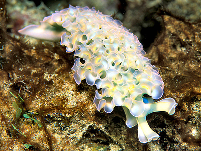
Italy has signed up to the 2030 agenda by committing to decline and calibrate the objectives of the 2030 Agenda as part of its economic, social and environmental planning.
In light of this premise, the next article will discuss sustainable alternatives to fishing nets. Since the deleterious effects of the so-called “ghost nets” on biodiversity and the seabed have been widely demonstrated. Their removal is essential and interventions for this purpose are very numerous in the Mediterranean sea, however, projecting ourselves into the future, it is necessary to find non-polluting methods and materials that are not harmful to the marine fauna and flora.
Fonti foto: biologiamarina.org


